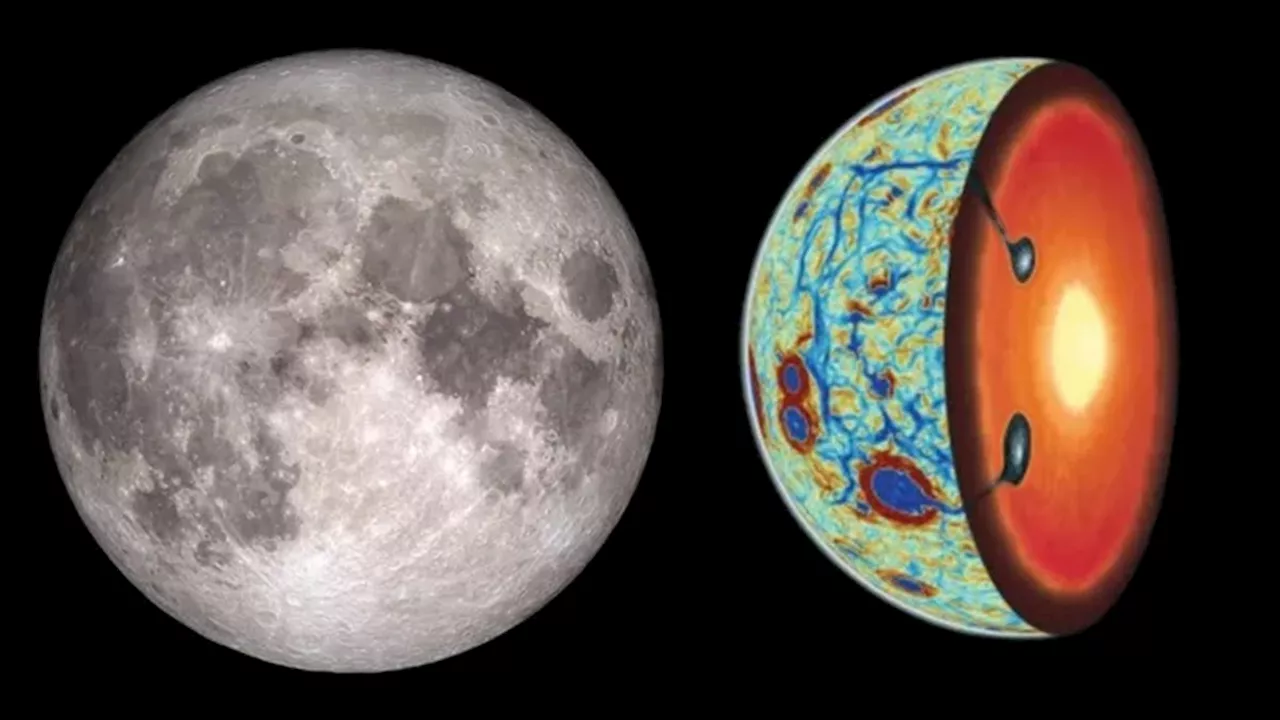Robert Lea is a science journalist in the U.K. who specializes in science, space, physics, astronomy, astrophysics, cosmology, quantum mechanics and technology. Rob's articles have been published in Physics World, New Scientist, Astronomy Magazine, All About Space and ZME Science.
Over 4.2 billion years ago, the moon turned itself inside out to create the lunar surface that has become familiar to humanity.
Related: Humans are changing the moon's surface so much it's entered a new geological era, scientists say Models of moon formation suggest the last remains of this giant lunar ocean crystallized into dense materials including ilmenite, a mineral rich in iron and titanium. Co-author and Peking University scientist Nan Zhang previously developed models that suggested a giant impact on the moon could have caused a dense layer of titanium-rich material beneath the crust to shift to its nearside. Once there, this material would have sunk, formed sheet-like slabs and cascaded to the interior of the moon, leaving a remnant beneath the crust in the form of intersecting bodies of dense titanium-rich deposits.
"Our analyses show that the models and data tell one remarkably consistent story," Liang said."Ilmenite materials migrated to the nearside and sunk into the interior in sheet-like cascades, leaving behind a vestige that causes anomalies in the moon's gravity field, as seen by GRAIL."
United States Latest News, United States Headlines
Similar News:You can also read news stories similar to this one that we have collected from other news sources.
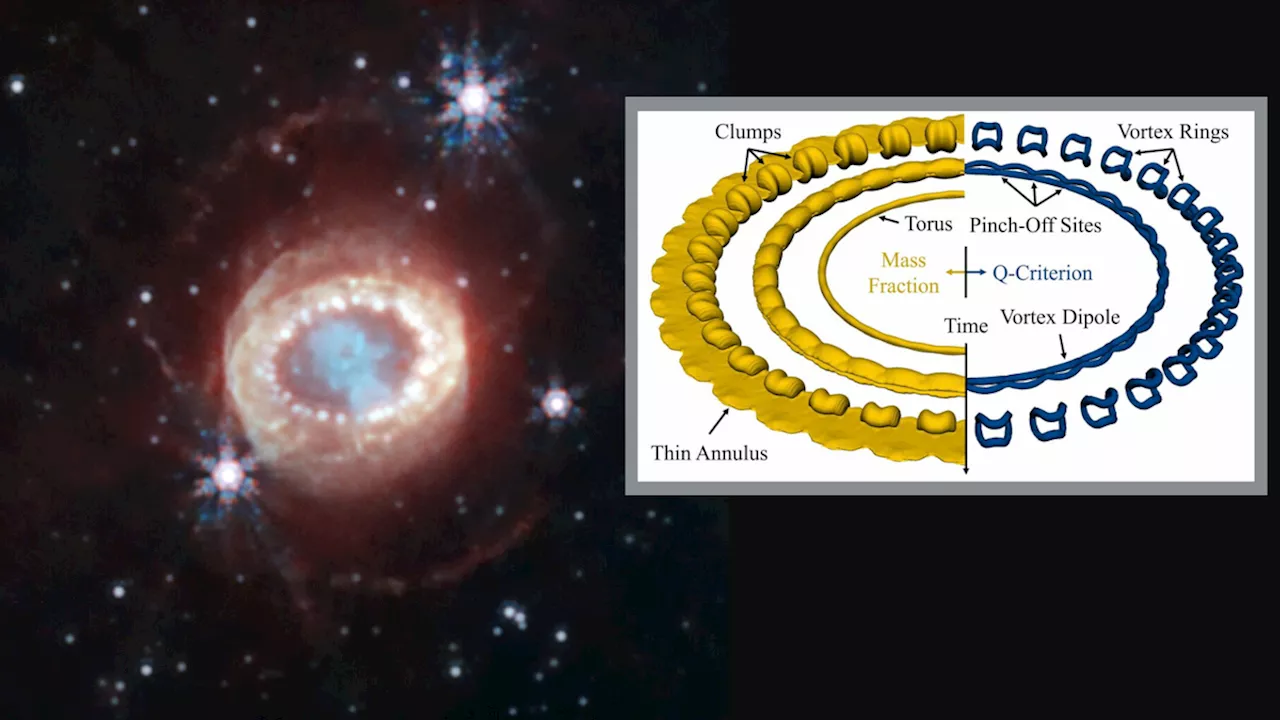 Scientists may finally know why this infamous supernova wears a 'string of pearls'Robert Lea is a science journalist in the U.K. whose articles have been published in Physics World, New Scientist, Astronomy Magazine, All About Space, Newsweek and ZME Science. He also writes about science communication for Elsevier and the European Journal of Physics. Rob holds a bachelor of science degree in physics and astronomy from the U.K.
Scientists may finally know why this infamous supernova wears a 'string of pearls'Robert Lea is a science journalist in the U.K. whose articles have been published in Physics World, New Scientist, Astronomy Magazine, All About Space, Newsweek and ZME Science. He also writes about science communication for Elsevier and the European Journal of Physics. Rob holds a bachelor of science degree in physics and astronomy from the U.K.
Read more »
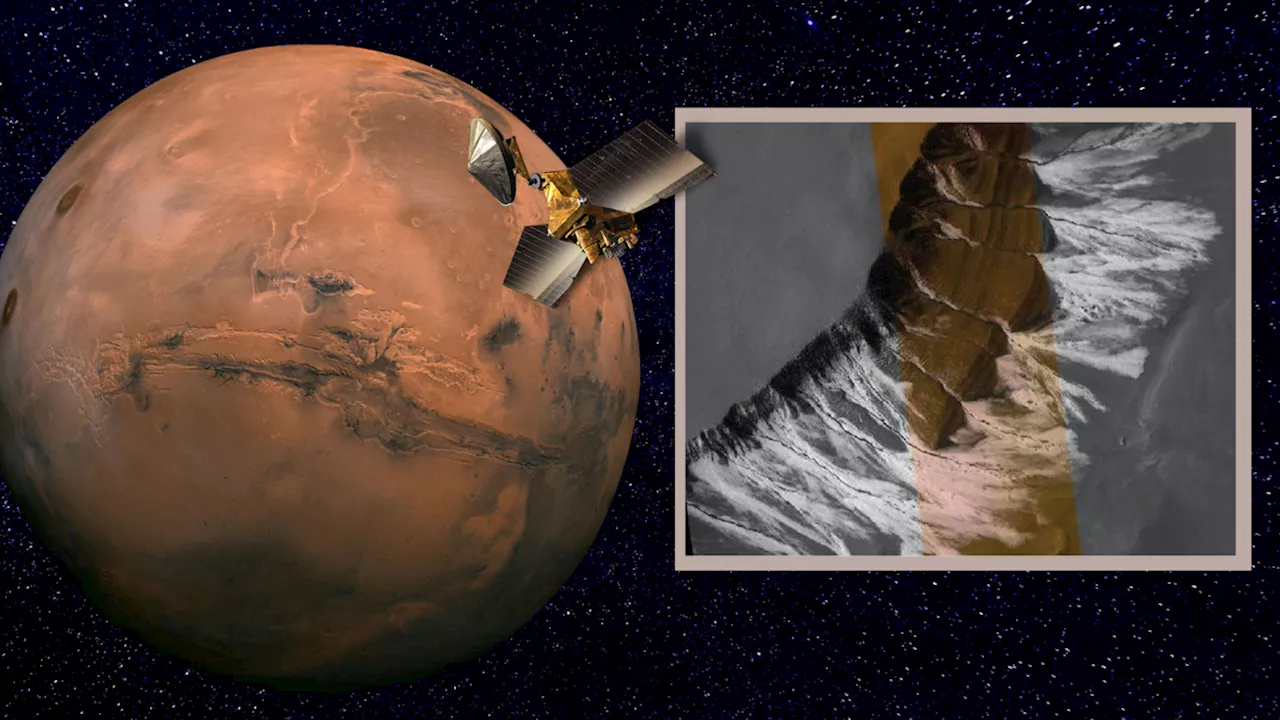 Bad news for life on Mars? Red Planet's wet epoch may have been shorter than we thoughtRobert Lea is a science journalist in the U.K. whose articles have been published in Physics World, New Scientist, Astronomy Magazine, All About Space, Newsweek and ZME Science. He also writes about science communication for Elsevier and the European Journal of Physics. Rob holds a bachelor of science degree in physics and astronomy from the U.K.
Bad news for life on Mars? Red Planet's wet epoch may have been shorter than we thoughtRobert Lea is a science journalist in the U.K. whose articles have been published in Physics World, New Scientist, Astronomy Magazine, All About Space, Newsweek and ZME Science. He also writes about science communication for Elsevier and the European Journal of Physics. Rob holds a bachelor of science degree in physics and astronomy from the U.K.
Read more »
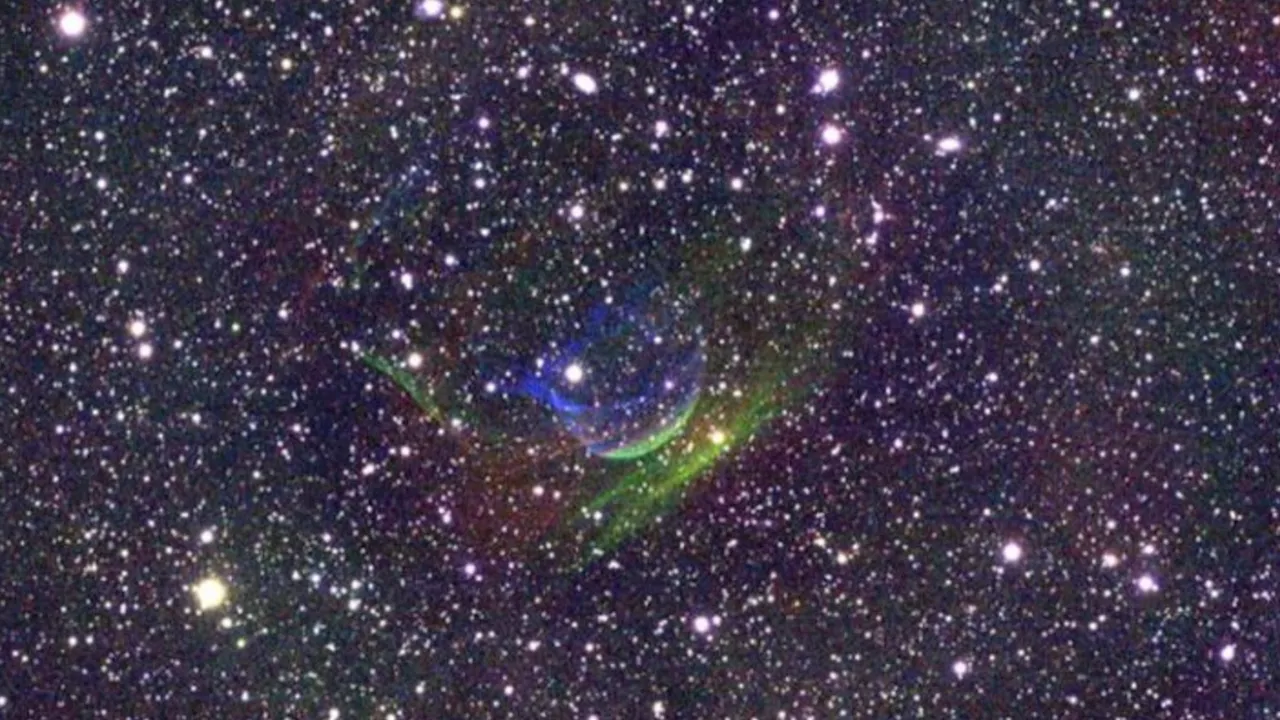 Condor Array Telescope confirms Chinese astrology records of 'new star' spotted in 77 BCERobert Lea is a science journalist in the U.K. whose articles have been published in Physics World, New Scientist, Astronomy Magazine, All About Space, Newsweek and ZME Science. He also writes about science communication for Elsevier and the European Journal of Physics. Rob holds a bachelor of science degree in physics and astronomy from the U.K.
Condor Array Telescope confirms Chinese astrology records of 'new star' spotted in 77 BCERobert Lea is a science journalist in the U.K. whose articles have been published in Physics World, New Scientist, Astronomy Magazine, All About Space, Newsweek and ZME Science. He also writes about science communication for Elsevier and the European Journal of Physics. Rob holds a bachelor of science degree in physics and astronomy from the U.K.
Read more »
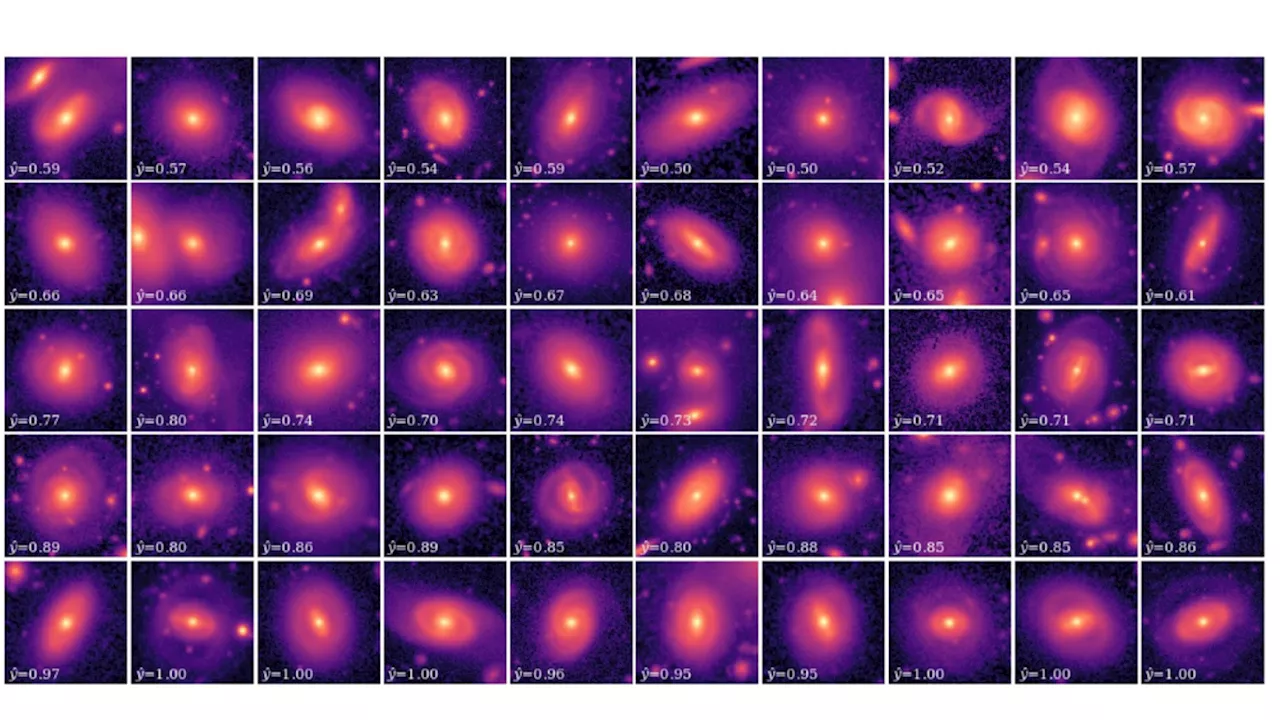 Citizen scientists and AI take a cosmic cruise to discover 430,000 new galaxiesRobert Lea is a science journalist in the U.K. whose articles have been published in Physics World, New Scientist, Astronomy Magazine, All About Space, Newsweek and ZME Science. He also writes about science communication for Elsevier and the European Journal of Physics. Rob holds a bachelor of science degree in physics and astronomy from the U.K.
Citizen scientists and AI take a cosmic cruise to discover 430,000 new galaxiesRobert Lea is a science journalist in the U.K. whose articles have been published in Physics World, New Scientist, Astronomy Magazine, All About Space, Newsweek and ZME Science. He also writes about science communication for Elsevier and the European Journal of Physics. Rob holds a bachelor of science degree in physics and astronomy from the U.K.
Read more »
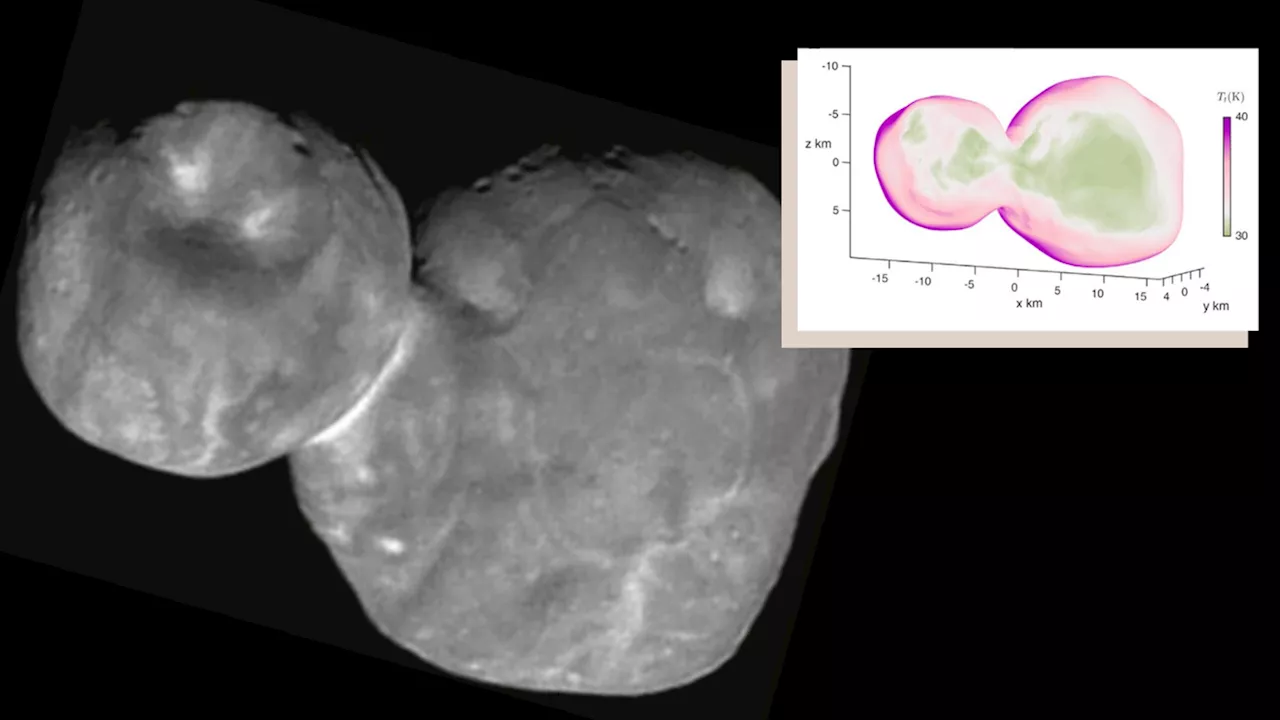 Arrokoth the 'space snowman' and other Kuiper Belt objects may be packed with ancient iceRobert Lea is a science journalist in the U.K. whose articles have been published in Physics World, New Scientist, Astronomy Magazine, All About Space, Newsweek and ZME Science. He also writes about science communication for Elsevier and the European Journal of Physics. Rob holds a bachelor of science degree in physics and astronomy from the U.K.
Arrokoth the 'space snowman' and other Kuiper Belt objects may be packed with ancient iceRobert Lea is a science journalist in the U.K. whose articles have been published in Physics World, New Scientist, Astronomy Magazine, All About Space, Newsweek and ZME Science. He also writes about science communication for Elsevier and the European Journal of Physics. Rob holds a bachelor of science degree in physics and astronomy from the U.K.
Read more »
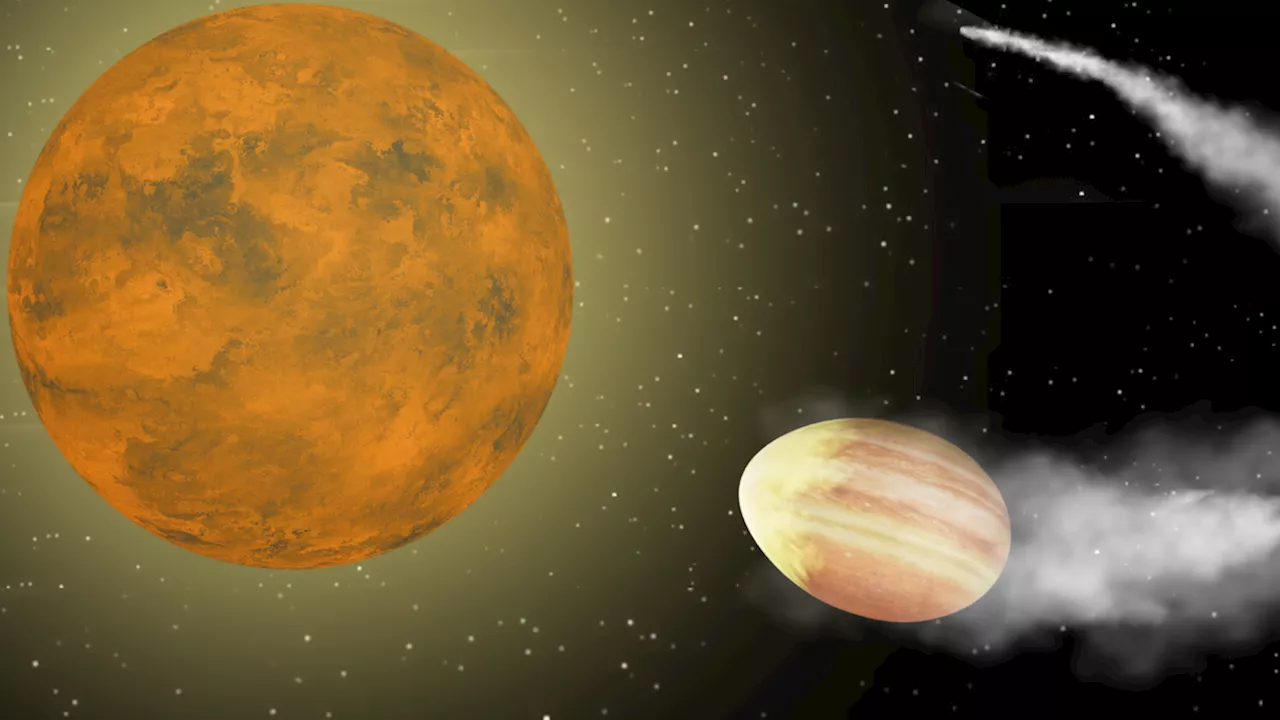 Doomed egg-shaped exoplanet is death-spiraling into its starRobert Lea is a science journalist in the U.K. whose articles have been published in Physics World, New Scientist, Astronomy Magazine, All About Space, Newsweek and ZME Science. He also writes about science communication for Elsevier and the European Journal of Physics. Rob holds a bachelor of science degree in physics and astronomy from the U.K.
Doomed egg-shaped exoplanet is death-spiraling into its starRobert Lea is a science journalist in the U.K. whose articles have been published in Physics World, New Scientist, Astronomy Magazine, All About Space, Newsweek and ZME Science. He also writes about science communication for Elsevier and the European Journal of Physics. Rob holds a bachelor of science degree in physics and astronomy from the U.K.
Read more »
